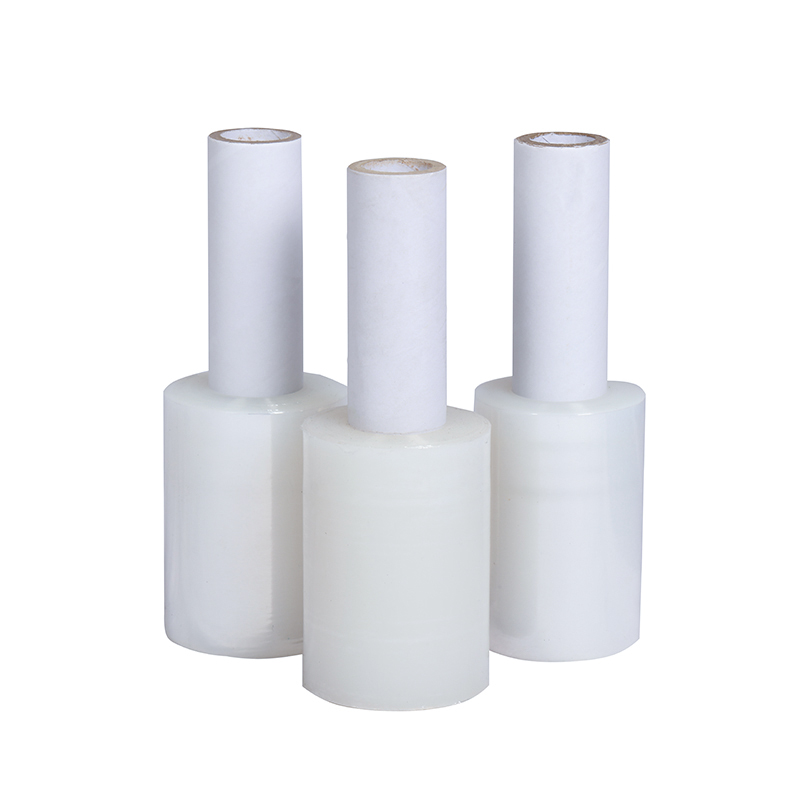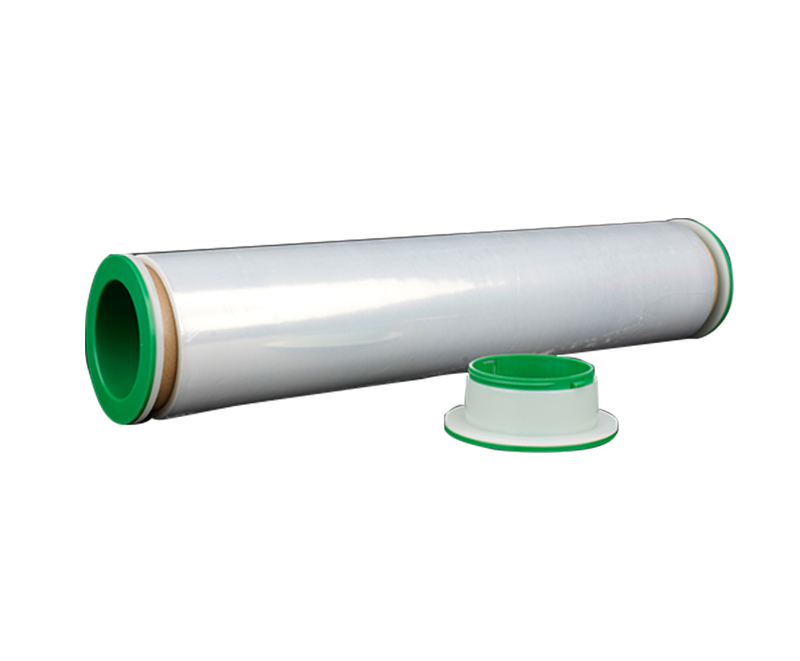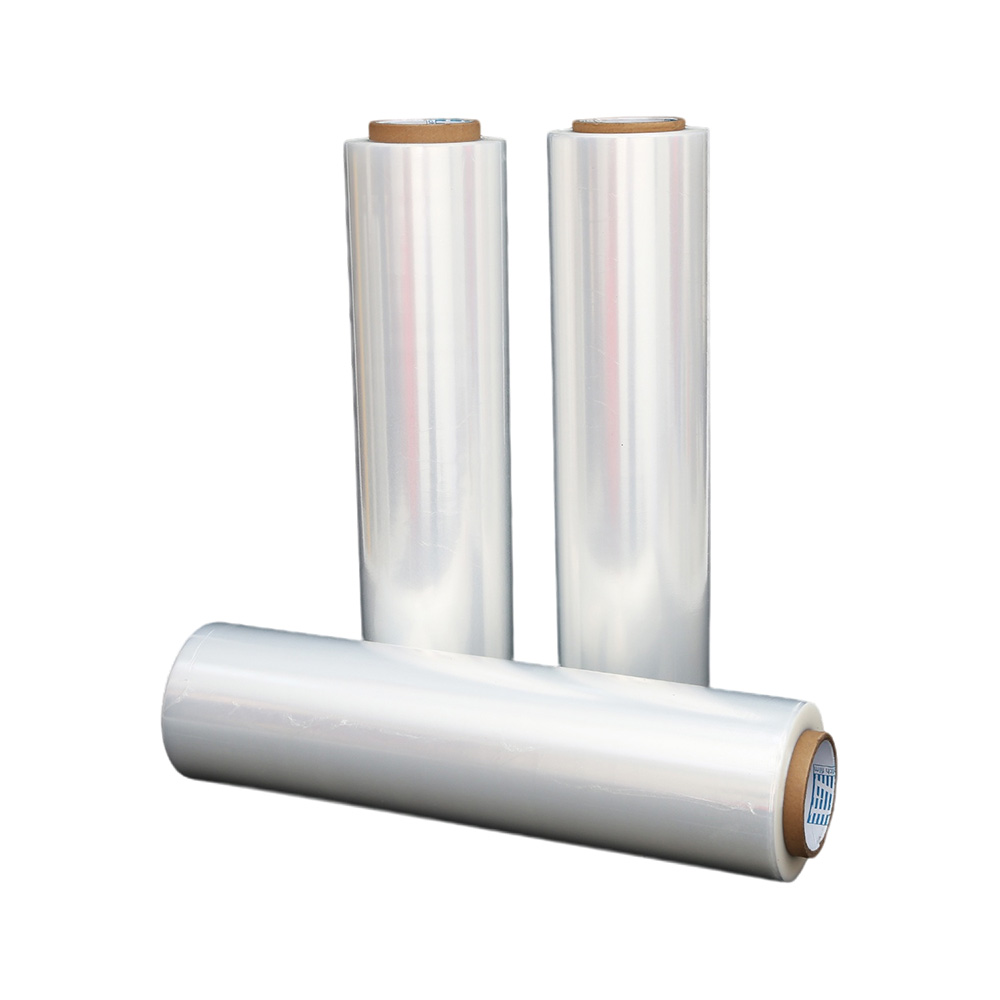Understanding the Two Most Important Characteristics of Stre
Source:Understanding the Two Most Important Characteristics of StreTime:2022-12-29Visitors:
Most companies that manufacture, resell, or warehouse products are familiar with stretch film. It is used all over the world to secure and protect products. How does stretch film protect and stabilize these products? What can be done to stabilize loads and packages? This article will answer these questions and provide tips and tricks to maximize efficiency and minimize costs when using stretch film.
To answer the question of how stretch film works, we must first look at what stretch film is made of. Stretch film is made from LLDPE (linear low-density polyethylene), found in various products, from garbage bags to toys and containers. It is an ideal plastic for these products because of its flexibility.
Stretch film is ideal for wrapping and securing loads because of its stretchability. The flexibility offered by LLDPE is the key to how stretch film works. This stretchability improves tear and puncture resistance and increases efficiency when applied correctly.
The ability of the film to stretch around the corners of products, boxes, and trays improves puncture and tear resistance. This increased puncture resistance ensures that loads remain stable and secure during transport.
When a maximum stretch potential is reached, puncture resistance and cost reductions are found in stretch films.
When applying the film to a palletized load, be sure to stretch the film. This stretching increases load stability and reduce costs. Some films offer a stretch potential of up to two hundred percent of the original length. By achieving this stretch potential, less film can be used, resulting in lower costs.

Types of Stretch Film
The two basic types of stretch films are cast stretch films and blown stretch films. They are both made from LLDPE, but the manufacturing process is different.
Blown Film
Blown stretch films use air in the production process. Air is blown into the film and used to cool the film. Blown stretch films are more expensive to produce but have better tear and puncture resistance.
Cast Stretch Film
Cast stretch films use rollers to cool the film during the production process. Cast stretch films are more affordable than blown films and are suitable for most applications.
Lower Costs
Because LLDPE is a petroleum-based product, stretch film manufacturers have taken significant steps to reduce costs. Many new films on the market are excellent options for reducing costs while ensuring load security. Manufacturers are producing thinner, more vital, lower-cost, higher-capacity films. The new thinner, more vital films have two specific drawbacks.
Reduced puncture resistance
Because the new film is thinner, puncture resistance is often sacrificed. It is ideal for boxes and crates that do not have sharp corners. Packing pallets and individual products with sharp corners can easily tear during shipping.
Reduced stretchability
The new cost-saving stretch film is more robust and stiffer than traditional gauge stretch films. This stiffness reduces the amount of stretch in the film. This reduced stretch does help reduce the physical effort involved in laminating the film but reduces tear resistance.
There is a wide variety of stretch film products on the market today. Each type of stretch film has advantages and disadvantages. When inquiring about stretch film, the two elements to consider are stretchability and puncture resistance. The heavier and sharper the product being wrapped, the more stretch and puncture resistance is needed. The essential thing in choosing stretch film is to achieve the right amount of puncture resistance and load stability at the most reasonable price. Please call us if you have any questions or want to discuss the products we offer.
Recommended Products
Ranked in the same article
- how to use the stretch film technology to r
- How can we get detailed price list?
- Five common quality problems of PE protecti
- Plastic film degradation
- How to guarantee punctual shipment for our
- Gauge to Micron and Millimetre Conversion G
- What is the difference between stretch film
- Testing the permeability of stretch film
- Stretch film temperature requirements
- Electrical wire film VS electrostatic film
- Why insufficient transparency of stretch w
Latest news articles
- The Ultimate Guide to Choosing the Right Ma
- Factors affecting viscosity of PE stretch f
- Bundling Stretch Film: Optimize Your Packag
- The significance of using PE electric wire
- What is the Difference Between Magic Tape a
- What Properties Ensure Effective Cold Chain
- The 133rd Spring Canton Fair
- How can PE stretch film be cut better?
- How to check the quality of PE stretch film
- Advantages of white engineering film
- Stretch Film Wrap: Unraveling Its Benefits



